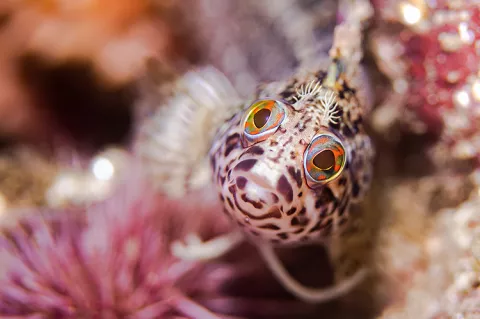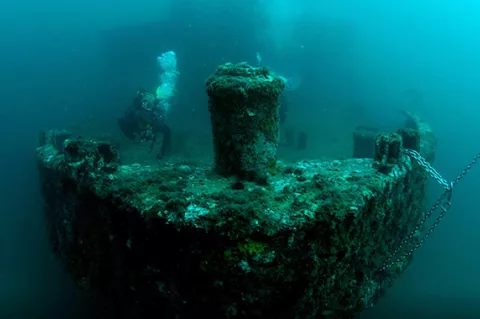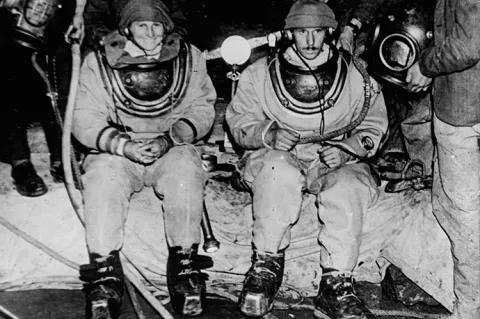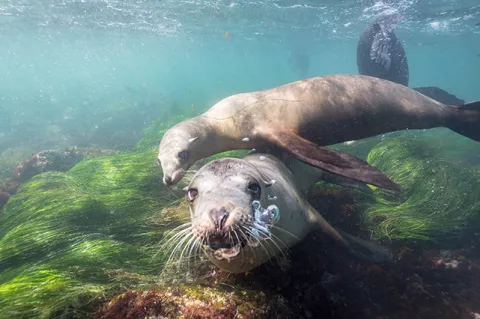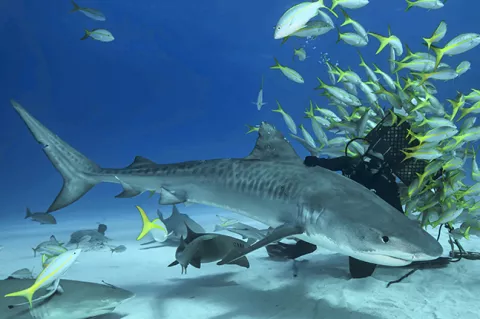Bonito Caves: Cave Diving in Brazil
Did you say, “Bonito”? I had never heard of this place. A Brazilian diver I met in the Galapagos Islands referred to it as the capital of cave diving in Brazil, located south of the Pantanal wetlands in Mato Grosso do Sul—a state bordering Bolivia and Paraguay.


